In the realm of contemporary design, the integration of nature into our living spaces is more than just an aesthetic trend. It has given birth to ‘Biophilic Design’, a concept that signifies our innate attraction to nature and life. More than just a decorative measure, Biophilic Design brings with it a host of functional benefits, such as bolstered well-being, improved creativity, and lowered stress levels.
Whilst the onus is usually placed on the visual aspect of Biophilic Design, adopting such an approach can also be functional in its very nature, helping transform your home into an eco-friendly and serene sanctuary. With that in mind, here are 10 practical applications of biophilic design, ideal for maximising functionality for a greener home.
Indoor Plants – Functional & Aesthetic
Biophilic design begins with the simple act of incorporating indoor plants. These green companions do more than just prettify your surroundings. They serve as natural air purifiers, eliminating toxins from the environment and supplying fresh oxygen – a fundamental step towards improved indoor air quality.
Green walls are another functional addition that (potentially) contribute to the internal air quality of your home. These living walls, composed of plants, leaves, and occasionally, flowers, serve as organic air purifiers, filtering out harmful toxins from your indoor environment.
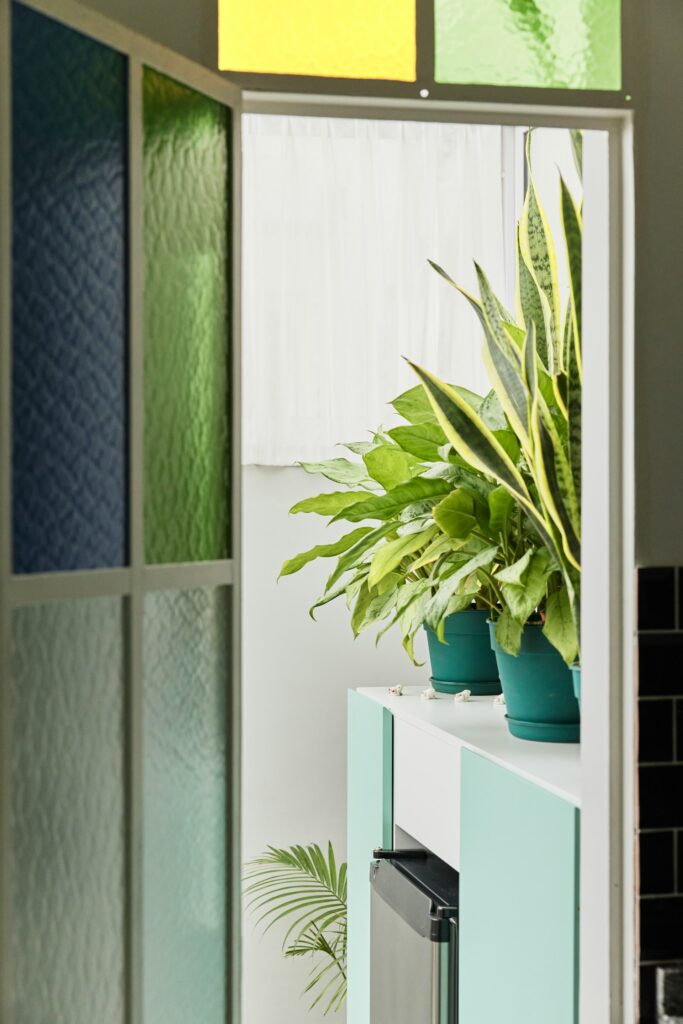
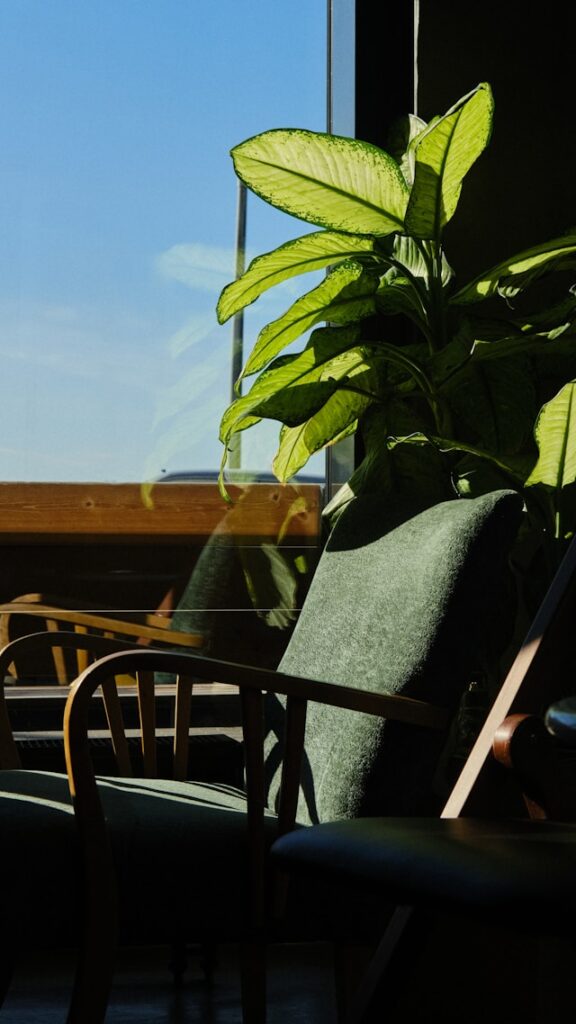


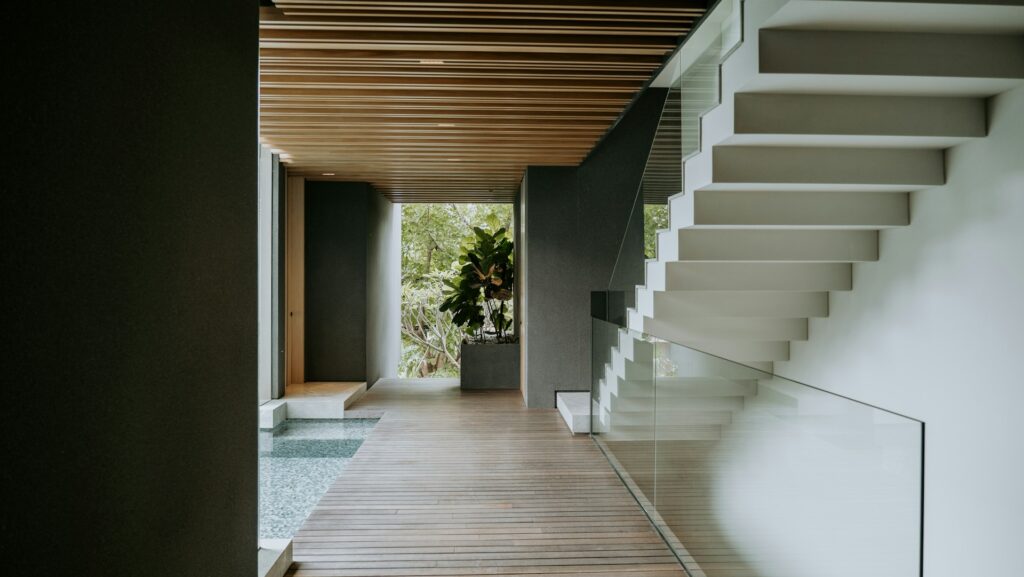
Moss Panelling – A Green Solution To Noise Pollution
Moss panelling is a lesser-known yet highly functional facet of biophilic design. The natural sound-absorbing capacity of moss makes it an ingenious choice for soundproofing applications, proving that Biophilic design combines innovative artistry with practical, environment-friendly solutions.
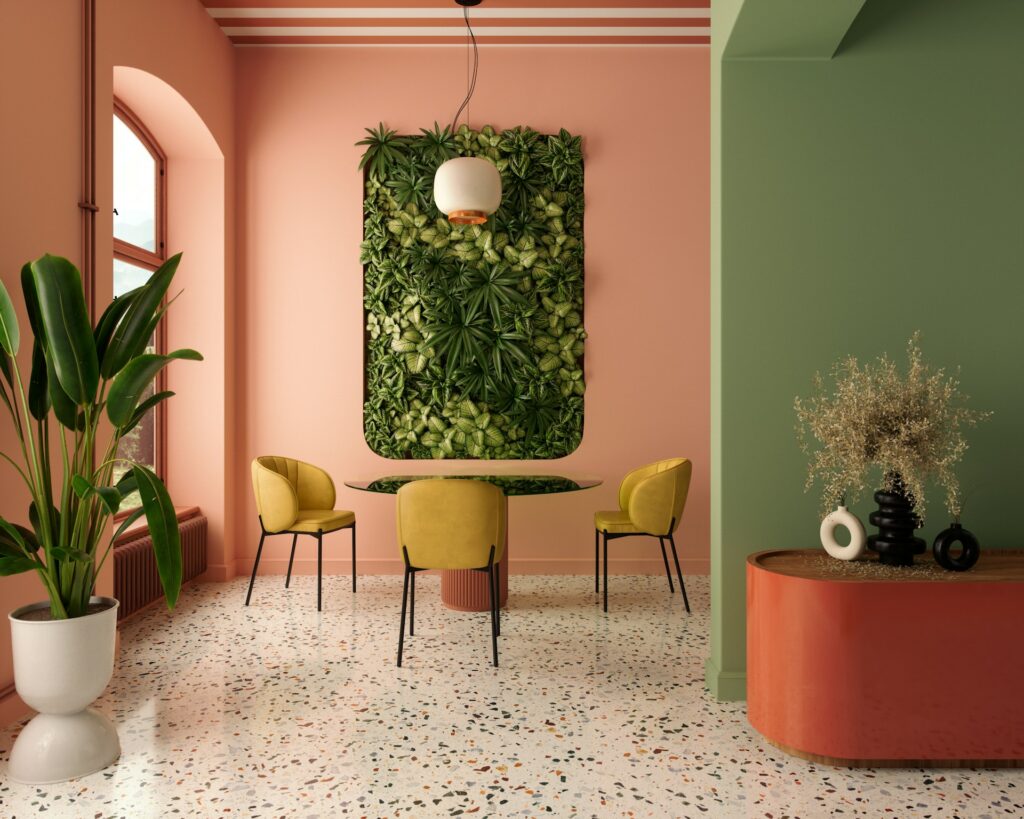
Harnessing Natural Light – Letting Positivity Flow
The human circadian rhythm is attuned to the natural cycle of light and darkness; thus, optimising natural light in your home aids in keeping our body clocks in sync. Practical design alterations like skylights, larger windows, or glass walls can augment the amount of sunlight pouring into our homes, boosting both physical and mental well-being.
Eco-friendly Materials – Lessening The Environmental Impact Of Your Home
Utilising sustainable materials like bamboo, cork, or reclaimed wood not only adds a natural touch to your interiors but also lessens the environmental impact of your home. These materials provide a natural, wholesome aesthetic and contribute positively to indoor air quality.
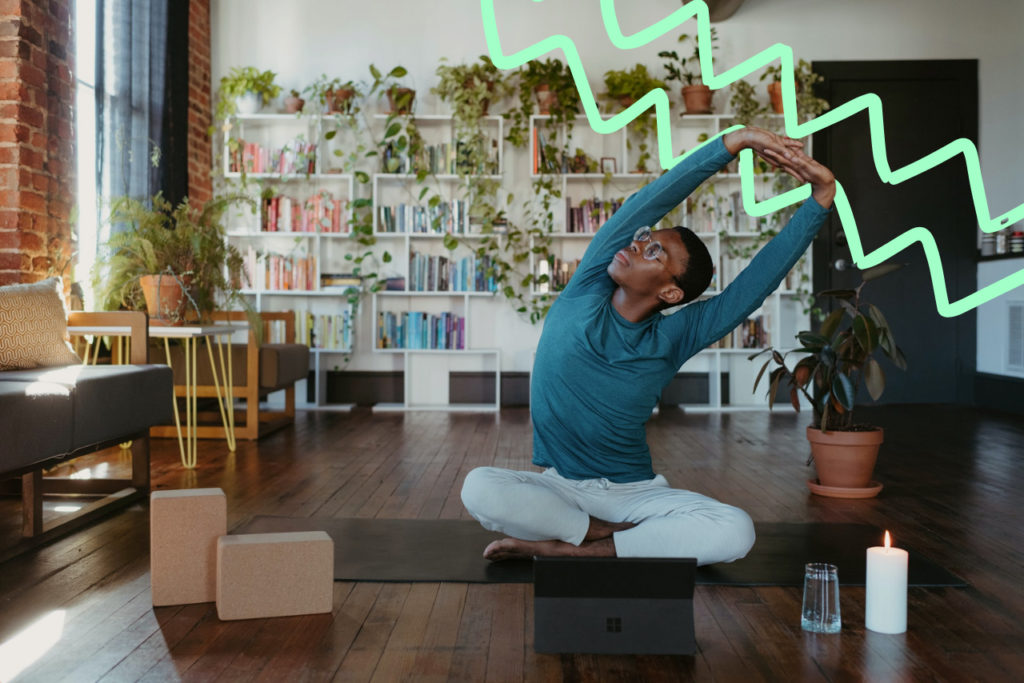
Cork Tableware – Sustainable Style For Dining
Extending biophilic principles to your dining table is simpler than you might think. Cork, harvested from the bark of cork oak trees without harming them, is one of the most sustainable materials available. Stylish cork placemats and coasters offer a tactile, natural element to mealtimes whilst being inherently practical; cork is naturally water-resistant, antimicrobial, and provides excellent heat insulation to protect your surfaces. It’s a small change that brings an organic warmth to everyday dining.
Biophilic Furniture – Beauty Meets Function
Opting for furniture made of natural materials like bamboo or timber can enhance your home’s organic appeal. Such furniture not only brings the outdoors in but can also possess antibacterial properties. Furthermore, biophilic furniture, such as cushioned seats filled with natural materials like buckwheat hulls, can provide health benefits like promoting proper posture and reducing back pain.
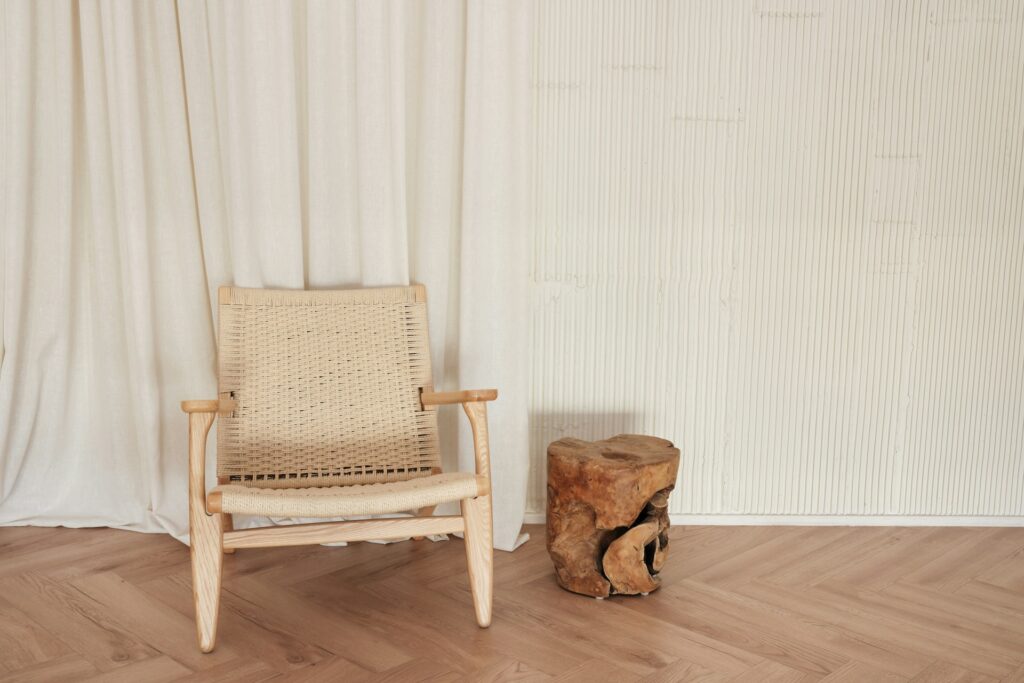
Natural Flooring – The Ground Beneath
Applying natural elements such as stone or turf to your floor can bring an outdoorsy feel to your home’s interior. An adventurous application of this concept could be an indoor lawn or moss floor, which can give you the experience of being connected with nature, even indoors.
Read: The IDEAL guide to choosing the right flooring material for your home
Rock Gardens – Zen & Low Maintenance
Rock gardens or Japanese Zen gardens offer a sense of tranquillity and balance. Their minimal requirements for maintenance make them an excellent choice for busy homeowners seeking a touch of nature. Rocks, pebbles, and sand can help to create a soothing, Zen environment that fosters peace and mindfulness.
Nature’s Fragrances – Engaging The Senses
Engage your sense of smell with the implementation of natural fragrances in your home. Essential oil diffusers can help create a calming, nature-inspired atmosphere that not only smells wonderful but also provides various health benefits. For instance, lavender can promote relaxation and better sleep, while eucalyptus could help with decongestion.
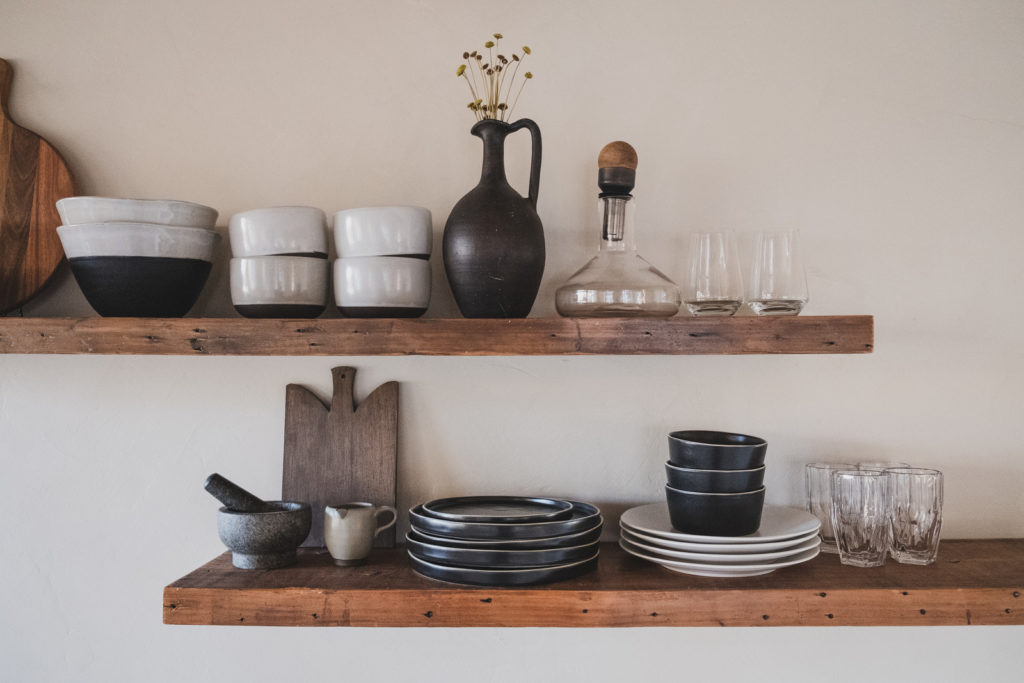
Water Features – Soothing & Kinda Functional
Having a small indoor water feature, like a tabletop waterfall or a fountain, can offer more than just visual appeal. The calming sound of flowing water can reduce stress levels, while also adding to the home’s overall humidity regulated by other biophilic elements.
The Bottom Line
In an era dominated by artificial environments, Biophilic Design emerges as a refreshing antidote, reconnecting us to our natural roots and transforming our living spaces into healthier, more harmonious habitats. The functional facets of Biophilic Design – like moss panels for soundproofing or indoor plants for air purification – highlight the effectiveness of this approach in creating a wholesome, greener home.
As we progress, let’s envision homes that not only provide shelter but resonate with the tranquillity, beauty, and life-enhancing benefits of nature. Biophilic Design is more than a trending concept – it is a lifestyle movement that not only promotes individual well-being but also reinforces our responsibility towards the planet.





